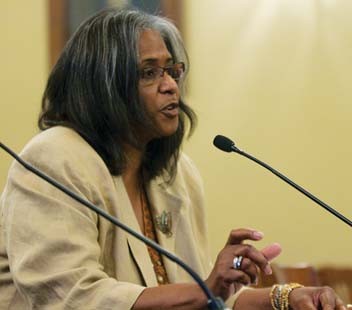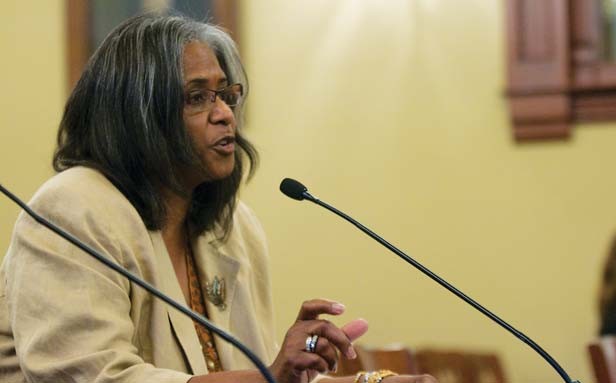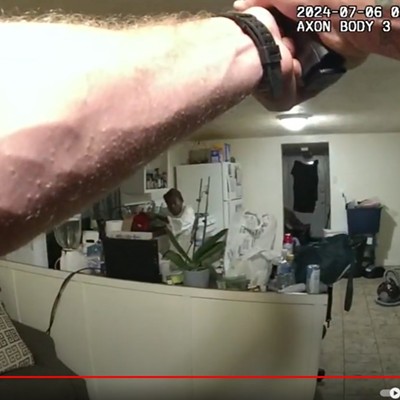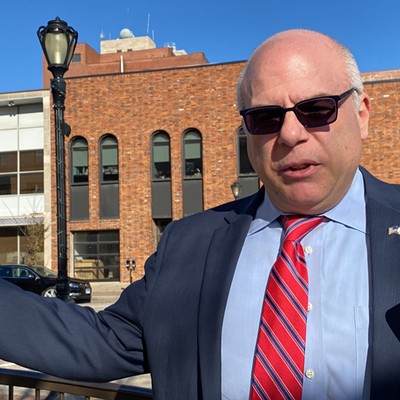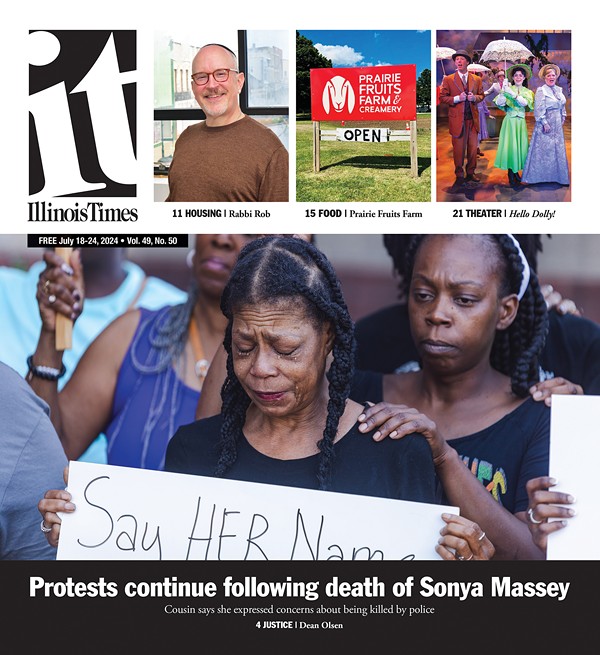A new election map approved by the Illinois General Assembly could result in better representation for Springfield’s east side.
Ward 3 Ald. Doris Turner testified at a May 24 hearing of the Illinois House and Senate redistricting committees, telling lawmakers that a new election district joining Springfield’s east side with much of Decatur could aid in the election of a representative more in tune to the needs of the inner city.
“Currently, both of these communities are urban areas that continue to be represented by individuals with a very rural perspective,” Turner says. “This dilemma speaks to our most fundamental right: appropriate representation by our government. …When concerns are not understood and appropriately addressed, it leads to the disenfranchisement of an entire community.”
The newly-created 96th House district will be one of three new representative districts dividing Springfield. The neighborhoods of Pillsbury, Vinegar Hill, Iles Park, Harvard Park, and Glen Aire form the western boundary of the new district, which also includes the eastern shore of Lake Springfield.
The district contains a 24.48 percent black voting age population (VAP), and about 18.5 percent of Springfield residents are black, so the 96th district will likely give black voters a better chance of electing a candidate of choice than a district that did not include Decatur. That city has a black population of about 23.3 percent, so Springfield stands to gain more from the new district.
By comparison, the newly-created 87th district, which covers Springfield’s north side and continues just south of Peoria, contains only a 5.06 percent black VAP. Likewise, the newly-created 99th district, which includes most of Springfield’s west side, has a black VAP of about 5.95 percent.
Still, not everyone agrees that the 96th district will offer better representation. Eddie Gale of Springfield testified at the same hearing after Turner, but he instead said that the interests of different areas included in the map are too dissimilar for anyone to adequately represent them all.
“I know Decatur and I know the east side of Springfield, and they are not the same,” Price says. “They’re very different, particularly now.”
Price, who is black, says low voter turnout in east Springfield will likely present a challenge for minorities.
“One thing I think African American people on the east side of Springfield have come to understand is low numbers coming out of the elections does not make anybody representing them really want to represent them,” Price said. “That’s a real issue within the black community of Springfield.”
Turner notes that she doesn’t see it as an issue of race, but rather one of urban versus rural representation. Her current representative in the 99th district, Republican Rep. Raymond Poe of Springfield, is a farmer, and she would rather be represented by someone with a more urban outlook – though not necessarily an African American.
“I know that when I say this, people think I’m just saying it, but I’m really, really not looking at this as a racial issue,” Turner says. “I’m looking at it more with regard to good representation. As a matter of fact, the ward that I just won a seat on the city council from is not a ward that was drawn for an African American, and it has never been represented by an African American. If you have a good candidate who is really looking to do a good job at representing that district, it doesn’t necessarily have to be an African American.”
Springfield will also be split between three Senate districts under the new maps. Currently, Springfield is represented by one senator, Republican Larry Bomke.
Election districts must be redrawn every 10 years, with the majority political party usually arranging map boundaries to give its candidates an edge in elections. Senate Bill 1177 passed both chambers on May 31 and now awaits the signature of Gov. Pat Quinn.
Even so, there are no guarantees that a district with a high percentage of minorities will ultimately offer better representation, says redistricting expert Allan Lichtman, a consultant hired by Illinois Democrats.
“There’s no guarantee in politics,” Licthman says. “All you can do when setting up a redistricting plan…is create reasonable opportunities for minority voters to elect candidates of their choice. You can’t guarantee political outcomes.”
Contact Patrick Yeagle at [email protected].
Redistricting video: Eddie Price

